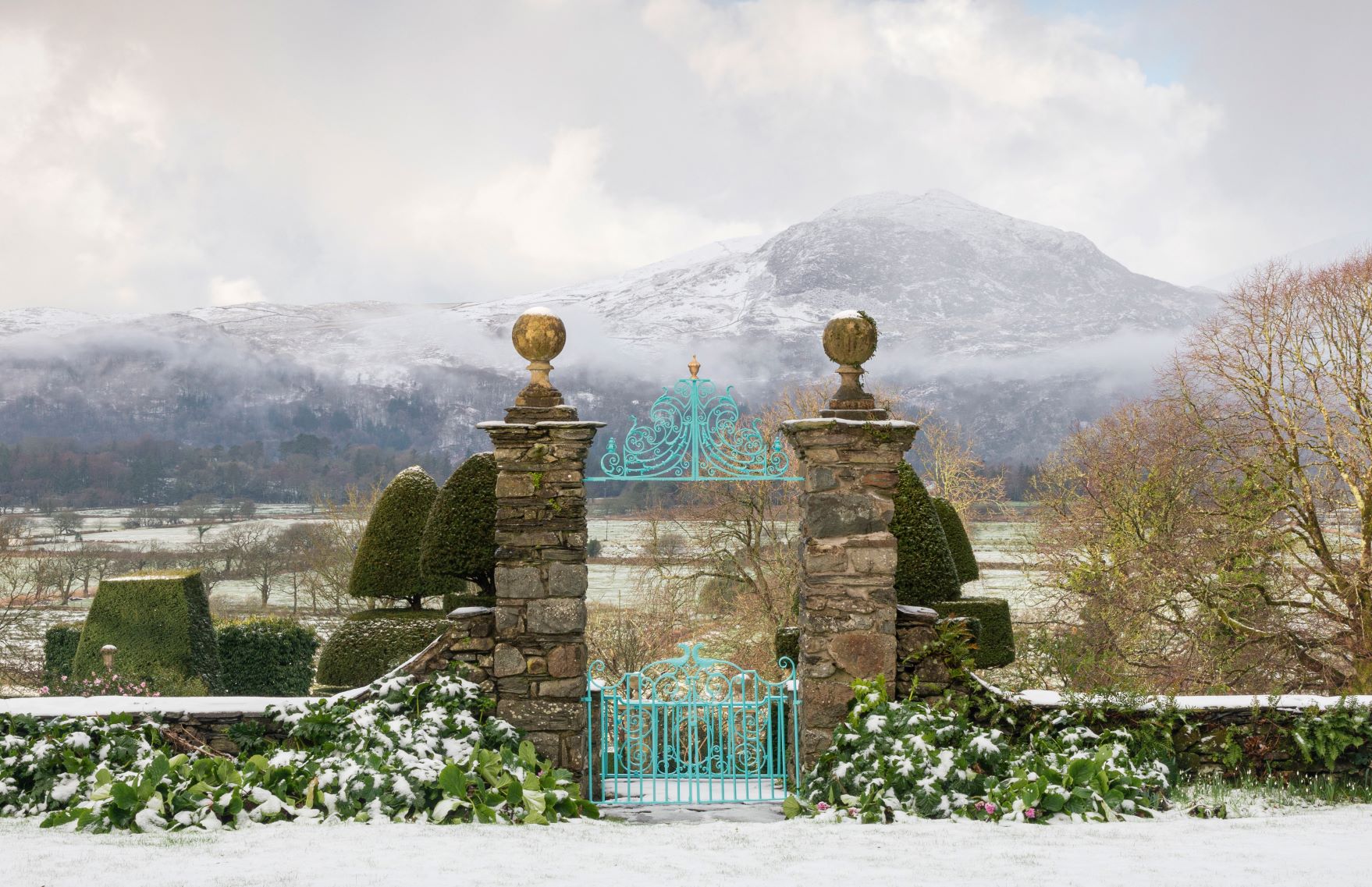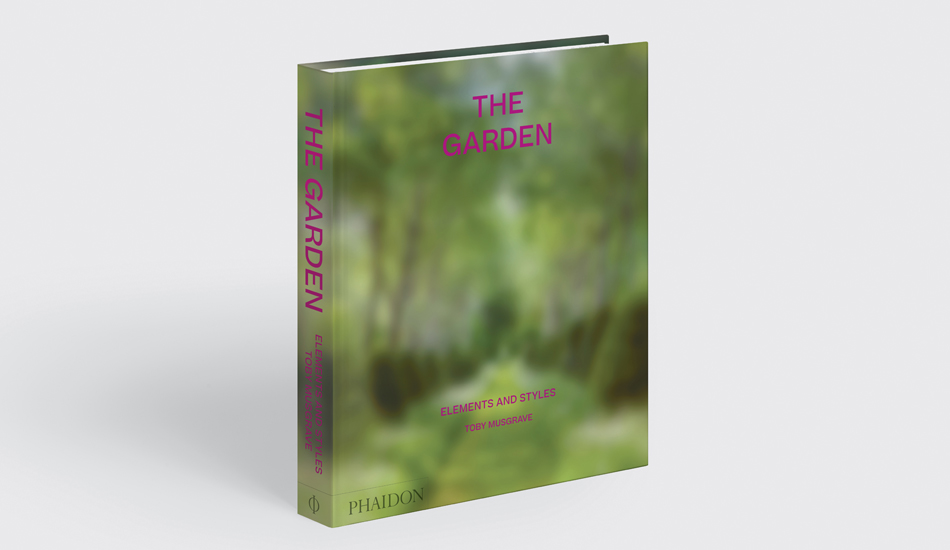
Secrets from The Garden: You don't have to own the best bit of your garden
Some of the greatest horticulturalists look towards the horizon when reworking the ground beneath their feet, explains our book,The Garden: Elements and Styles
Our new book The Garden: Elements and Styles is the ultimate guide to garden design, from the oldest traditions to the most recent styles and trends. The scholar, horticultural authority and author, Toby Musgrove offers a truly definitive view of how we shape our natural world. Read this book and you’ll discover, for instance, much of lowland Britain assumed by visitors to be ‘natural’ is, in actual fact, 'landscape' designed in the eighteenth and early nineteenth centuries; or that the word gazebo is a derivation from the quasi-Latin meaning, ‘I shall gaze’.
Both a practical guide to some little-known aspects of the outdoor environment, and a joyous journey through some of the world’s most beautiful green spaces, The Garden will enlighten and delight armchair horticulturalists and dedicated gardeners, keen to cultivate new knowledge.
Consider, for example, this entry on borrowed landscape, “an element of a garden composition that lies beyond the physical garden confines but which is brought into focus as part of the overall visual experience,” as Musgrove explains.
“It may be natural scenery, the broader agricultural landscape or a specific focal point such as a building. Before the Italian Renaissance, European gardens – Roman, Islamic and medieval – had been inwardly focused, enclosed by often high walls and, in most cases, small. Then, in the fifteenth century, as an outward-looking spirit of enquiry forged new paradigms, so new perspectives opened up in the Italian Renaissance garden – literally. The architect Leon Battista Alberti – who pioneered the approach at the Villa Medici at Fiesole, on a hillside north of Florence – believed the house should be situated above the garden, with views down over it. Many new villas were so positioned, with gardens laid out in a series of descending terraces, as at the Villa d’Este, Tivoli. This combination of elevation, sloping site and terracing brought sweeping prospects into the garden’s visual experience.

“Two centuries later, the borrowed landscape became an integral component of the eighteenth-century English landscape garden, when the design intent was (to paraphrase Alexander Pope) to create a physical and actual experience where ‘all nature was a garden’. English topography being more gently rolling than Italian, it was the sunken wall, or ha-ha, that created an invisible physical boundary enabling the uninterrupted visual transition between garden and the landscape beyond, for example at Stowe, Buckinghamshire, and Blenheim Palace, Oxfordshire. Yet the borrowed landscape is not solely a Western innovation: je jing, ‘borrowing views’, was used in seventeenth-century Chinese gardens. It was then introduced into Japanese gardens, where it is used today, for example at Adachi Museum of Art, Yasugi.”
To see further examples, and for more on this and many other aspects of our cultivated, natural world, buy a copy of The Garden: Elements and Styleshere.